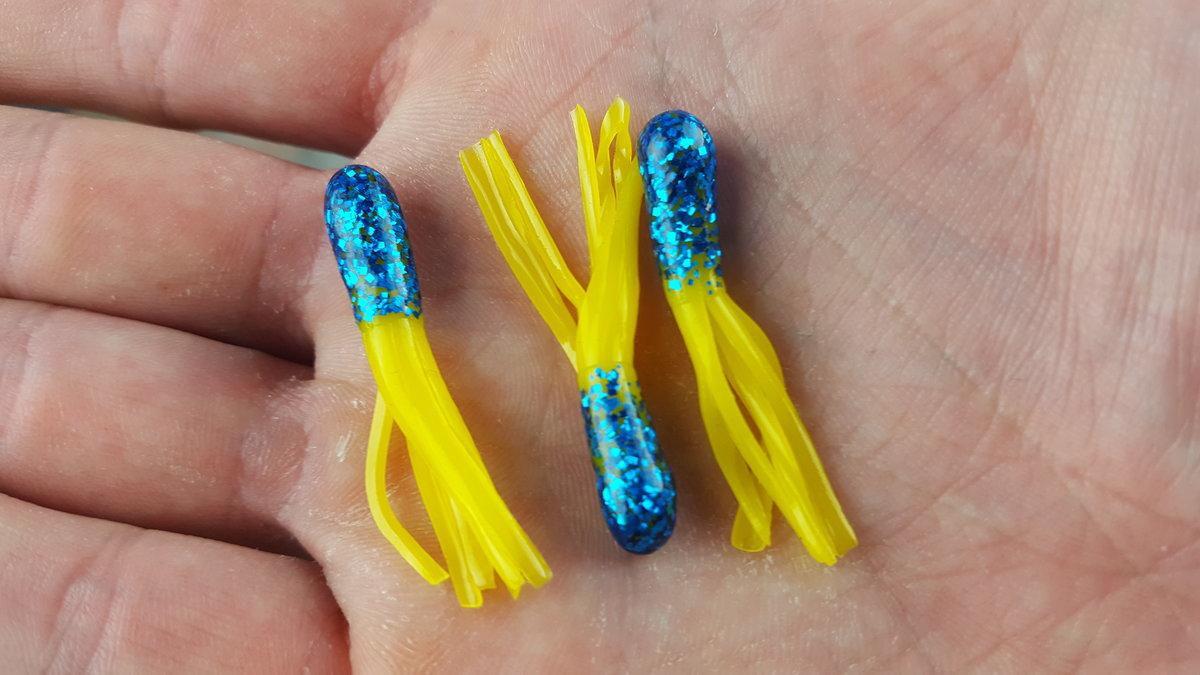How To Use Mini Tubes To Catch Tons Of Crappie
With its plain appearance, the plastic tube bait hardly looks like a lure diverse enough for anglers to catch crappie in a variety of ways.However, savvy anglers know the ordinary looking plastic tube has more to offer than meets the eye. Lure manufacturers have turned the tube bait into a more versatile lure by offering it in assorted sizes and body styles.
An assortment of plastic tubes is a must for both the novice and serious crappie angler because the two species of crappie (white and black) are different fish. A black crappie lives more in shallow water and relates more to cover and vegetation. Black crappie have a smaller mouth so some of their favorite foods are little crustaceans in the vegetation, such as grass shrimp, crawfish, small minnows and gamefish fry. A white crappie has a much bigger mouth and is very nomadic. They will stay in shallow water during certain times of the year and then they move out into deeper water where they suspend sometimes around cover. They tend to eat larger forage such as threadfin and gizzard shad. Once you know which you're targeting and where they are, you can pick the proper tubes for crappie.So the species of crappie you are targeting and the type of habitat the fish prefer determines the style and size of plastic tubes. Try a smaller tube (1 to 1 1/2-inch) when keying on black crappie and select bigger tubes ranging from 1.75 to 3 inches for white crappie.Water clarity also determines which tube size to select. The clearer the water the smaller the tube you should use. Black crappie prefer clearer water which also makes the smaller tube the prime choice for this situation. White crappie reside more in murky to muddy water, so select a bigger and bulkier tube that presents a larger profile and generates more vibration.A bulky 2-inch tube works well for trolling or dipping baits in dirty water lakes. Magnum-size tubes with umbrella-like tails are ideal for slow presentations in dirty water. The umbrella tube falls slower and presents a larger profile when trolling so the fish see it better.
When fishing around cover with a single pole, try dipping a tube-style bait with a ringed solid body. The solid body of this tube-style bait causes it to fall faster than a hollow-bodied tube, which triggers more reaction strikes from crappie hiding in the cover. Solid-body tubes are also great for tight-lining tactics and shooting docks.
Updated September 28th, 2020 at 9:51 AM CT


